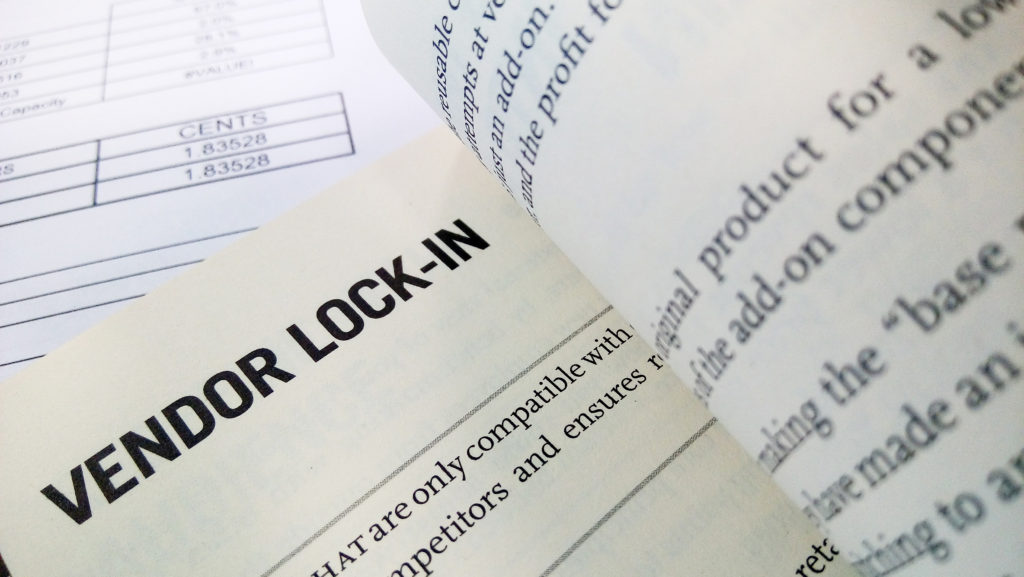The ability to cultivate an ecosystem of skilled vendors and partners offers a sure-shot advantage for the business. In an age of skill-shortage, identifying good vendors is hard, and striking a good deal harder. But smart negotiation tactics and good vendor management practices help.
1. Negotiate the Best Price

Negotiation is a skilled art. The best negotiator adopts a win-win approach.
The price is always the reference point for negotiation. A strong negotiator can always drive down prices. But forcing the supplier to lower the price beyond a point comes at the risk of compromising quality. The supplier may start to cut corners to make a profit. For instance, too low a price runs the risk of the vendor adopting poor testing or security protocols.
The buyer, however, need not pay for the vendor’s inefficiency. The best negotiators place themselves in the shoes of the vendor. They understand the vendor’s business. They find out the cost of input variables such as cost of input technology, HR cost, rent, and other overheads. After identifying the price point at which the vendor can deliver a high-quality product, they negotiate the best terms.
Vendors from low-cost geography might offer lower rates. For instance, the higher cost of doing business in Singapore would mean a higher price point. When negotiating with vendors operating out of India, Vietnam, Indonesia, or even Malaysia, the buyer can expect the vendor to pass on the benefits of the low overhead costs there. The caveat is making sure the vendor has the requisite infrastructure to match global quality standards.
Upstart vendors might sacrifice margins to beef up their portfolio. Consider the case of Jio telecom, the upstart that offers data and call plans at very low prices in India-one of the largest and fastest-growing telecom markets in the world, to gather market share and edge out entrenched competitors. The same tendency manifests itself in engineering works contracts, where large companies may quote at cost, or even below cost, to keep their order books full, and maintain their stock valuations.
2. Offer Synergy
Redefine the relationship with the vendor, by helping them realize the value in other contexts. Convert a commercial transaction into a strategic partnership based on synergy. The buyer could, for instance, offer the vendor a gateway to new markets. Many suppliers would accept a market opportunity in exchange for price concessions.
Another strategy is to reduce the supplier’s risk. Offer long-term contracts or referrals, in return for competitive pricing. Consider the case of a large chemical company who was working with a single, uncooperative supplier. The supplier demanded a price premium for a hard-to-get chemical. The chemical company offered a stable, long-term contract to entice the supplier supply the chemical at a discount from the original quote.
3. Stick to What is Needed
Most vendors try to upsell. They may try to sell the full platform, including the hardware, middleware and application stack. Stick to what the business requires. For instance, if employees only need to read and not create documents, a read-only license could cut as much as 75% of office software license cost.
The business world is fluid and technologies change by the day. A costly deployment today might become obsolete in a few years. Rather, opt for cloud-based infrastructure to enable easy scale-up when required.
4. Tick all the Key Contractual Considerations

A comprehensive vendor agreement is essential for a stable and long term relationship.
Have structured RFPs (requests for proposals), which goes into the finer details such as
- The delivery options. A cloud-based SaaS option is the best bet. But specific business requirements may warrant on-premise solutions. Even with the cloud, clarify whether the services would be through a public cloud or a much more secure private cloud. The buyer would have to make a cost-security trade-off here.
- The hardware requirements.
- The license model options, whether it is perpetual, SaaS, term, or consumption-based. Each has its pros and cons, and cost implications. Consumption-based pricing is the most popular option now.
- The maintenance and support options. The pricing may vary for basic, premium subscription, third-party tech support options.
Clarify any ambiguities. Make sure the vendor defines each metric they use, and understand each metric the buyer has used.
Security is a major consideration. Make sure the vendor follows the standard security protocols. Specify the required testing protocols. Render clarity on any specific compliance requirements, such as European Union GDPR. Make sure the vendor understands the requirements and is capable of co-opting it.
The vendor would have access to sensitive company information. Have a strict non-disclosure agreement, with a strong confidentiality clause. Strike relationship only with vendors capable of maintaining such confidentiality.
5. Avoid Vendor Lock-In

Today’s business environment is fluid. Things change, outside of anyone’s control. The pressing need for software or support might become obsolete tomorrow. A highly rated vendor might suffer attrition of key personnel, rendering his USP null. Smart businesses strive to cultivate positive and long-term relationships with their vendors. But they also take precautions to avoid vendor lock-in.
The basic precaution to avoid vendor lock-in is open-source software. Third-party access to a vendor’s proprietary software might require heavy license fees, even if possible. Upgrading or securing third-party support for portable applications on cloud-based models is easy.
Negotiate an exit strategy up-front. Often vendors become uncooperative if they see the relationship is about to end. Clarity on the exit options and procedures will bind vendors to honour their part of the deal.
Another way to avoid vendor lock-in is to spread one’s bets. If possible, cultivate a relationship with two or more vendors. Have back-up vendors ready.
Selecting vendors goes much beyond negotiating the price. The competitive nature of today’s business makes the vendor a strategic ally of the business. Seek a “fit” with the vendor in values, efficiency, and proactiveness.












